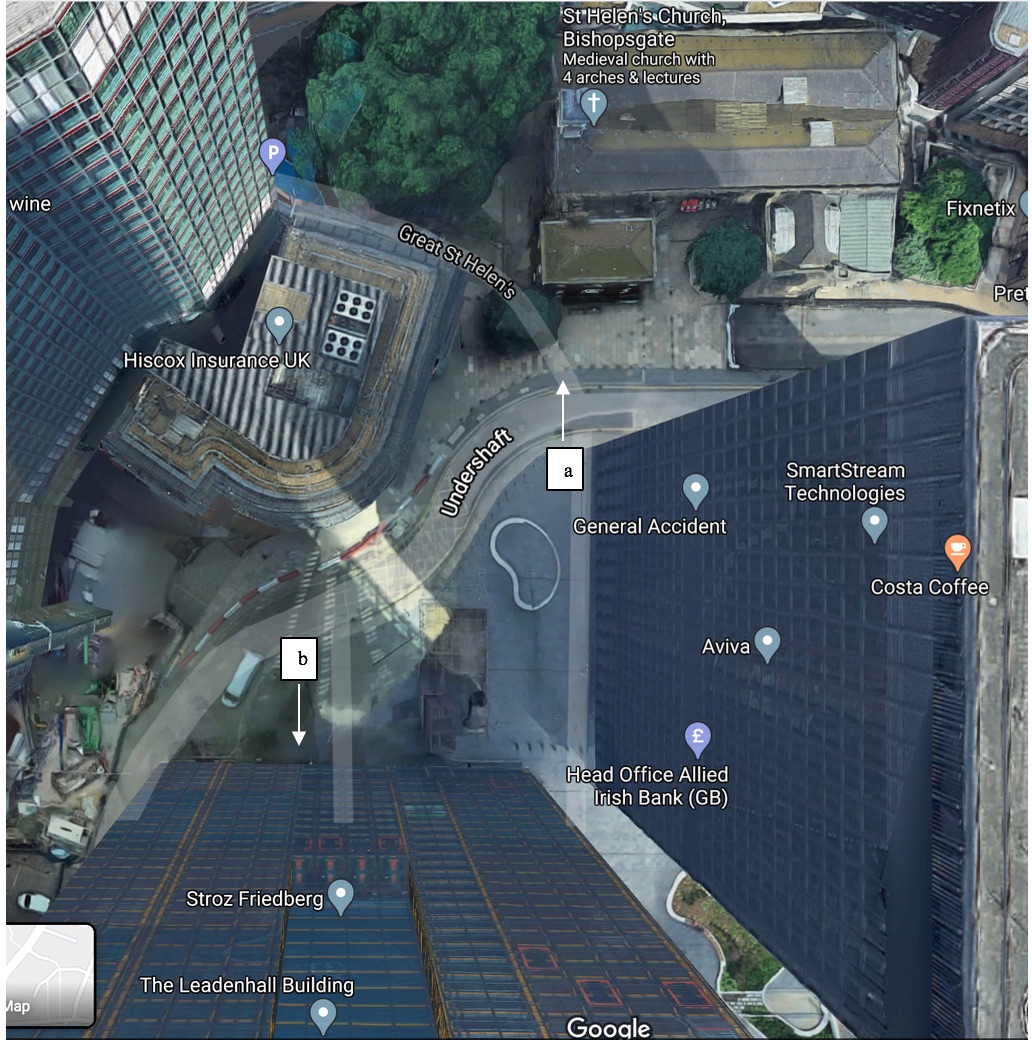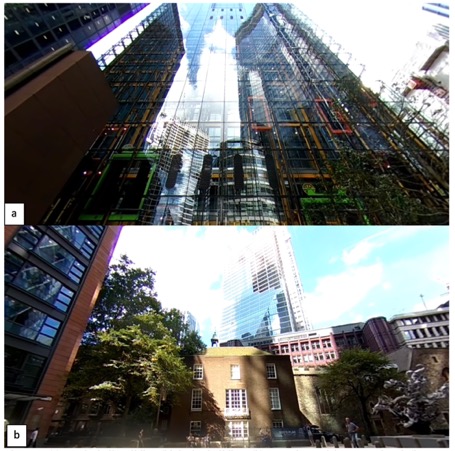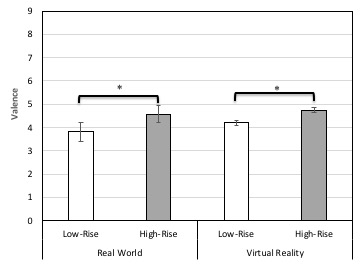Excited to share a preprint of a two-part (real world & 360-degree video VR) study I did with @hugospiers & @whereaminow at @ucl and @uwaterloo on the cognitive/emotional impacts of exposure to high-rise buildings in Central London (UK).
Thread (1/n). https://psyarxiv.com/w8e4b/ ">https://psyarxiv.com/w8e4b/&qu...
Thread (1/n). https://psyarxiv.com/w8e4b/ ">https://psyarxiv.com/w8e4b/&qu...
Previous research suggests high-rise buildings evoke feelings of "oppressiveness", which is related to an invasion of space and is reported to cause feelings of anxiety. We set out to examine this using a spatial measure, an affect measure (SAM) and a physiological measure (EDA).
The intention of these studies was to not only explore these effects of exposure to high-rise buildings, but also to see if 360-degree video presented in virtual reality could be used as a reliable proxy for real-world exposure.
One of the biggest challenges of the real world study (within-subjects) was to find a location where we could easily access both a low-rise building & a high-rise building setting. Movement between two locations that are far apart would affect the ratings of the second location.
Using Google Earth 3D, I scanned London for an ideal location and found a square on a cul-de-sac which had access to both a low-rise (a) and high-rise (b) building. Being on a dead end road was also important to ensure less car-traffic, which could introduce potential confounds.
Participants were asked to scan the low-rise/high-rise building for 5 minutes (counterbalanced) and then were administered the measures. To avoid priming, partial deception was used; they were told the purpose of the study was to compare how people experience real vs VR settings.
For Study 2 we took 5 min 360-degree videos of the locations used in Study 1. The video was taken back to @UWaterloo where we exposed participants to them in VR using HTC Vive headset & stereo headphones. Exact same deception, task & measures used in Study 1 were used in Study 2.
(that is a short GIF of the high-rise building 360-degree video participants would see in the VR headset, where they would have full head range to explore their environment for five minutes)
In both studies, participants rated the high-rise building condition to be less open, less friendly and rated themselves to feel less happy and have less sense of control, as compared to low-rise buildings.
These are very preliminary findings and there is more work to be done on understanding how building facades and other strategies like podiums and distance between high-rise buildings can affect ratings of openness and negative affect.
Our findings also suggest 360-degree video/VR yields similar effects to real-world exposure. This has exciting implications for environmental psych & urban neuroscience. When examining psychological impacts of the built environment, ecological validity needs to be considered.
While real-world research is important, it takes considerable more organizational effort & time, which can have an impact on sample size. In Study 1 we ran 16 participants, whereas in Study 2 (VR) we ran 121 participants. In the real-world we also have to consider the weather.
This paper is just the beginning. More soon. With the methodologies developed here, we can further explore the various effects of aspects of urban built environments on our psychological state & well-being. These questions are important to ask as our world continues to urbanize.
Thanks to @SSHRC_CRSH for providing the Vanier & Michael Smith Foreign Study Scholarships which enabled me to do a fellowship at @ucl with the amazing @hugospiers. Working with Hugo was a wonderful experience. I learned a lot and also got to live in a stellar city for a summer.

 Read on Twitter
Read on Twitter




